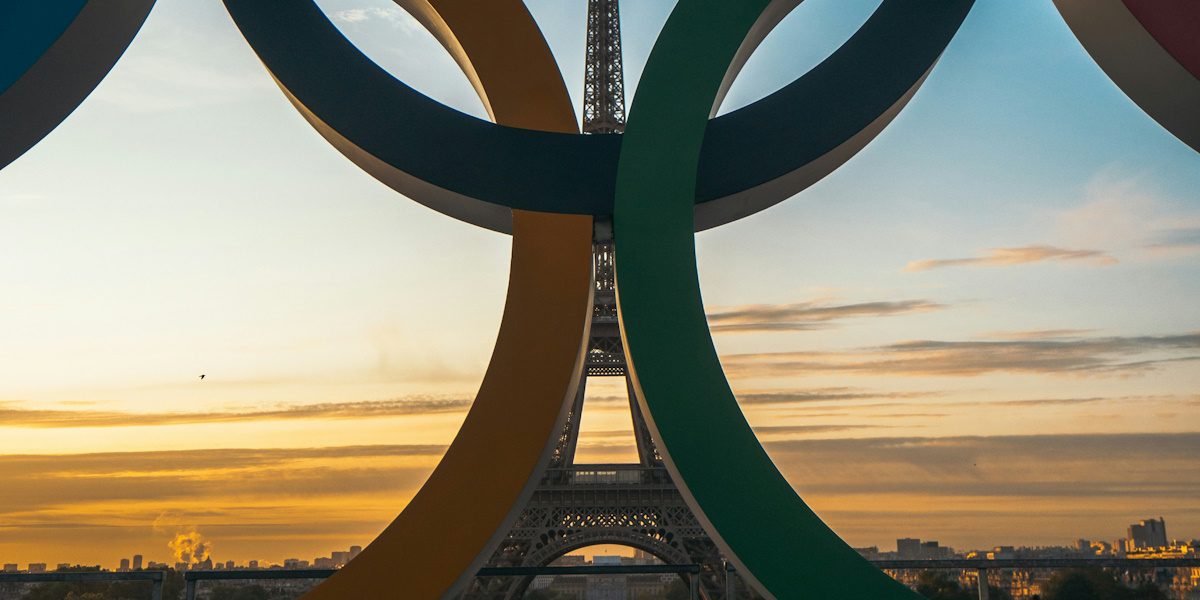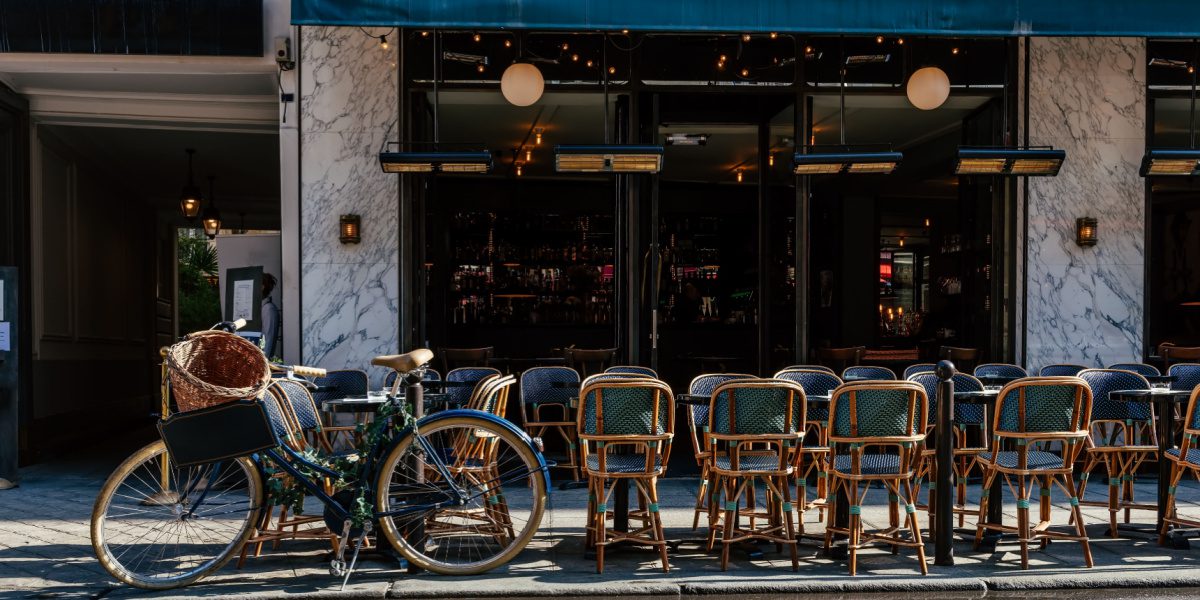It’s no secret: at dealchecker we do love our food, if the number of cakes we get through each week is anything to go by. And we all agree that one of the best parts of travelling is the chance to experience cuisine from all over the world. The die-hard foodies among us might well pick a destination based on its culinary reputation, and we’re definitely not short of choices.
It’s not always its number of Michelin stars that transforms a city into a gastronomic capital, although that’s a good start. Sometimes it’s good old word of mouth that gains a city worldwide recognition as a place where culinary masterpieces are celebrated above all else, welcoming voracious visitors from far and wide. In any case, we’re feeling hungry. Here’s our guide to these foodie cities.
Lyon, France

© Martin M303
We’re not knocking Paris, because we all know that France’s capital boasts some of the finest food in the world. Yet France’s second city knocks Paris off the top spot when it comes to cuisine. Lyon is celebrated among foodies as not only the gastronomic capital of France, but also the world. Many of France’s most renowned chefs such as Paul Bocuse are based in Lyon, creating countless delicacies unique to this region.
Andouillette (tripe sausage), cervelle de canut (a cheese spread) and candied chestnuts are just a few of the city’s many gastronomic delights. The Café des Fédérations is one of the city’s most celebrated bistros, and in the Vieux Lyon area there are more cosy, gingham-tableclothed brasseries than you can shake a baguette at. And all this deliciousness can be washed down with a glass of local wine. Two of the world’s best-known wine-growing regions, Beaujolais and Côtes du Rhône, are less than an hour’s drive outside the city.
Bologna, Italy

© Alexander Tolstykh
Bologna is known for three things: its university, dating back to 1088 and arguably the oldest in the world, its red buildings, and its cuisine. And if you’re American, you’ll likely have grown up on bologna sandwiches – though Italians know this sandwich meat as mortadella. Locals refer to Bologna as la grassa, literally meaning ‘the fat one’, in reference to its many sumptuous delicacies. This is after all, where Bolognese sauce was born, and for that, we Brits will be forever grateful.
Da Maro on Via Broccaindosso is known for its fresh pasta and fish, while Diana on Via Indipendenza offers a wide range of meaty dishes in a traditional setting, with waiters in impeccable dinner jackets. For the best Bolognese, the tiny All’Osteria Bottega on Via Santa Caterina is the place to go. And in the wider Emilia-Romagna region you’ll find Parma, the home of Parmesan cheese and Parma ham.
Melbourne, Australia

© Gordon Bell
Australia’s second-biggest city is well-known as a hub for food lovers thanks to its large number of affordable restaurants offering diverse cuisine. The hugely popular Melbourne Food and Wine Festival is testament to this, consistently gaining international acclaim. The Garden City is also famous for its abundance of coffee joints, and in the beachside St Kilda district, Fitzroy Street is where you’ll find some of the best indie coffee shops around.
Many of Melbourne’s precincts celebrate their own culinary character, from Chinatown around Little Bourke Street to Greek tavernas in Lonsdale Street and Little Italy in Lygon Street. Don’t miss La Camera, a rustic and friendly Italian trattoria on the banks of the Yarra River with stunning panoramic views of the city skyline.
Burgos, Spain

© Botond Horvath
Burgos may not be a major city but it punches above its weight in the foodie stakes. Even its name provokes thoughts of food, sounding deliciously close to burgers. But on a more highbrow note, there are plenty of reasons why this northern Spanish town has been officially named Gastronomic Capital of Spain for 2013. Not only that, but it’s been lauded as one of the New York Times‘s ’46 Places to Go in 2013.’
Why? Simply, it offers an impressive range of unique dishes and excellent regional wines. It’s best known for its meaty and cheesy snacks to be taken with an aperifif, including queso de Burgos (a soft white whey cheese) and morcilla de Burgos (pig’s blood sausage). In the mood for tapas? You can’t do much better than Cervecería Morito, while at La Favorita and Puerta Real you’ll enjoy superb views of the city’s Gothic cathedral as well as a wide selection of delicious dishes.
Copenhagen, Denmark

© Fedor Selivanov
Copenhagen has become a mecca for foodies in recent years. The Danish capital boasts no fewer than 13 Michelin-starred restaurants, making it the gastronomic capital of Scandinavia and boosting tourism no end. The multi-award-winning Noma offers a modern interpretation of Nordic fare, while Relæ offers fine dining in a non-traditional, rustic setting.
The culinary scene isn’t just about Michelin stars, however. The annual Copenhagen Cooking food festival attracts an ever-growing number of foodies who come to sample everything from gourmet cuisine at special reduced prices to quick and tasty street food. A popular event is ‘Diversity Celebration – Taste the World’, where international cuisine is celebrated at an enormous street kitchen. The festival takes place each August – don’t miss it.
Lima, Peru
Gastronomy has featured heavily in Peru’s rich history for centuries but it was only in 2009 that Lima was officially recognised for its culinary contributions, named Gastronomic Capital of the Americas. This was the time of a gastronomic revolution in the Peruvian capital, with traditional dishes such as ceviche (raw fish in citrus juice with chilli seasoning) being modernised for the 21st century.
Foodies should pay a visit to Astrid y Gaston in the smart Miraflores district, run by a husband and wife team and serving a fusion of French and Peruvian cuisine. Another must-visit is Huaca Pucllana, set in the ancient ruins of the same name, offering contemporary meals crafted from local ingredients. A treat that’s easier on the purse strings is anticuchos (beef heart marinated in vinegar and grilled), traditional street food widely available in the city centre.
London, UK

© pisaphotography
London deserves a mention as a gastro capital, and not just because we’re biased. Londoners will be proud to learn that two esteemed French chefs have publicly sung the Big Smoke’s praises. Both Dorchester chef Alain Ducasse and ‘chef of the century’ Joël Robuchon have declared London the gastronomic capital of the world, no less. And coming from French chefs, that’s high praise indeed.
This acclaim comes down to the fact that in London, almost any kind of world cuisine is at your fingertips. From haute cuisine at Le Gavroche and Pollen Street Social in Mayfair to the Indian eateries in Brick Lane and gastropubs, well, all over the place, there’s something to suit every taste and budget. And that’s not to mention frequent food festivals such as Taste of London in Regent’s Park (20th-23rd June) and the Real Street Food Festival on the South Bank (23rd-26th August).
Tokyo, Japan

© skyearth
If there’s one place you can be sure of a good meal that won’t break the bank, it’s Tokyo. Despite the Japanese capital’s expensive reputation, the Michelin Guide has recently honoured nearly 100 Tokyo restaurants for offering outstanding value for money. Most of these eateries offer local cuisine, such as fresh seafood at Sushi-Bun in the central fish market, and yakitori chicken skewers at Kushiwakamaru.
Tokyo’s gastronomic accolades don’t end there. The city is home to the largest number of three Michelin-starred restaurants in the world, even beating Paris! If you’re pushing the boat out, sample the finest sushi at Mizutani or head to Kozue in the Park Hyatt for a panoramic view of the western hills while you tuck into your haute cuisine.
Have we missed your favourite foodie city? Let us know in the comment box below!





